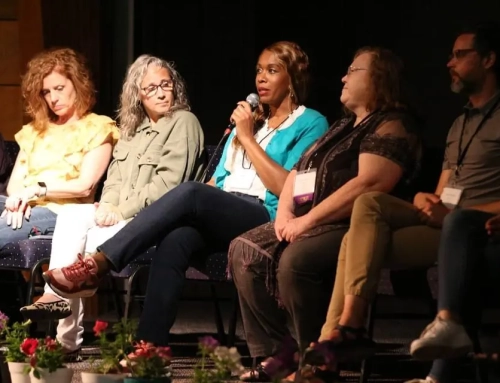 I’m sitting in a comfortable chair in my living room with a cup of tea, surrounded by stacks of library books, my laptop, and some movies I plan to watch. To the untrained eye it appears that I’m loafing, but I’m actually hard at work, searching for new worlds to discover. In other words, I’m researching my next book.
I’m sitting in a comfortable chair in my living room with a cup of tea, surrounded by stacks of library books, my laptop, and some movies I plan to watch. To the untrained eye it appears that I’m loafing, but I’m actually hard at work, searching for new worlds to discover. In other words, I’m researching my next book.
Living in the Information Age is both a boon and a trap for authors. With so much detailed information available, it’s easy to get lost in the jungle of research and never find the trail home. To avoid getting sidetracked, the “compass” I use to direct my search is a simple one: I always look for a story.
Here’s what I mean. At this stage of the writing process, my research resembles a huge mountain of facts that I must conquer. I will undoubtedly need those facts at some point, but in these early days I focus instead on the stories I find buried among the details. I’m currently researching the early years of archaeology in the1800s. Who were the great explorers? Where did they excavate? What did they uncover?
Hidden among the facts was a story that reads like a fairy tale. Heinrich Schliemann grew up poor, reading the tales of Homer and dreaming of finding buried treasure. Beginning as an apprentice in the grocery business, he eventually became a self-made millionaire. At age 61, he set out to find the lost city of Troy, convinced that Homer’s legends weren’t myths but descriptions of actual events and places. With Homer as his guide, he uncovered ancient Troy and its golden treasures. Schliemann’s story brought the facts to life for me and offered valuable insights into my characters’ motivations.
At some point I will finally close the books and explore the settings for my novel. Again, it’s easy to become overwhelmed by hundreds of precise details such as a period mansion’s architecture and furnishings. As I research my settings, once again I’ll look for stories.
For my Civil War novel, A Light to My Path, I toured a beautiful southern mansion, taking copious notes and pictures. The tour guide questioned my interest, and when I told her I was a novelist, she offered an exclusive, post-tour peek at the slave quarters behind the mansion. I knew it would take pages to describe the differences between the mansion and those hovels!
But then the guide told me a story: The mansion’s owners fled when the city fell to Union soldiers. The newly liberated slaves moved out of their squalid quarters and into the Big House, using their owners’ dishes, sleeping in their beds, wearing their clothes. Again, a story offered insight into my characters’ point of view and showed me how best to present the settings’ differences.
Eventually I’ll have to sift through my mountain of research and decide what goes into the book and what doesn’t. But the story gems I discover will provide a head start in creating my characters—and they’re the most important story element to me. I always begin with my characters. How I create them is another story . . .
Lynn Austin, a former teacher, has been writing fulltime since 1992 and has penned 12 books. Her novel Hidden Places was made into a movie for the Hallmark Channel, starring actress Shirley Jones. Lynn was recently inducted into the Christy Award Hall of Fame for winning eight Christy Awards. She also has a nonfiction book, Pilgrimage, about her spiritual journey through the land of Israel. Her most recent novels are her biblical fiction series, The Restoration Chronicles, which draw from the books of Ezra and Nehemiah. Lynn will be teaching a seven-hour intensive coaching class “Aiming for Excellence in Historical Fiction” at the 2016 Summer Conference. For more about Lynn, visit www.lynnaustin.org








